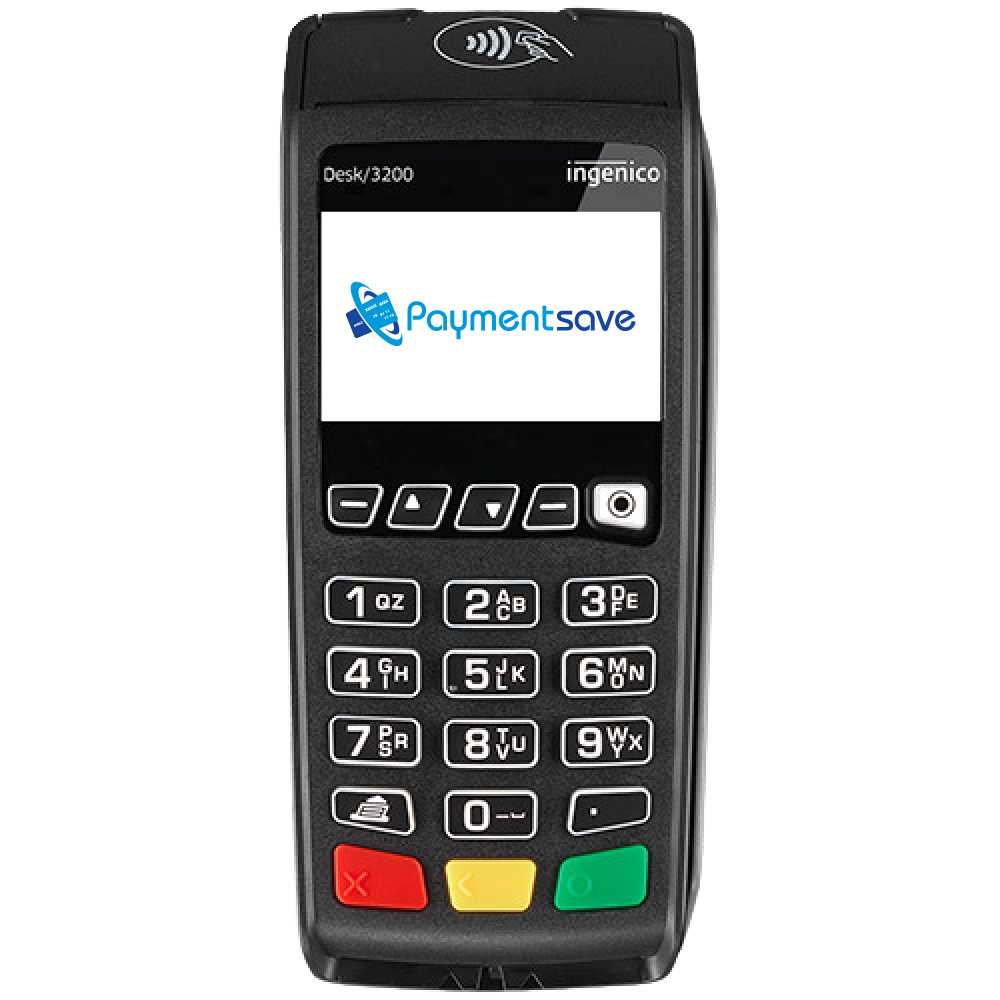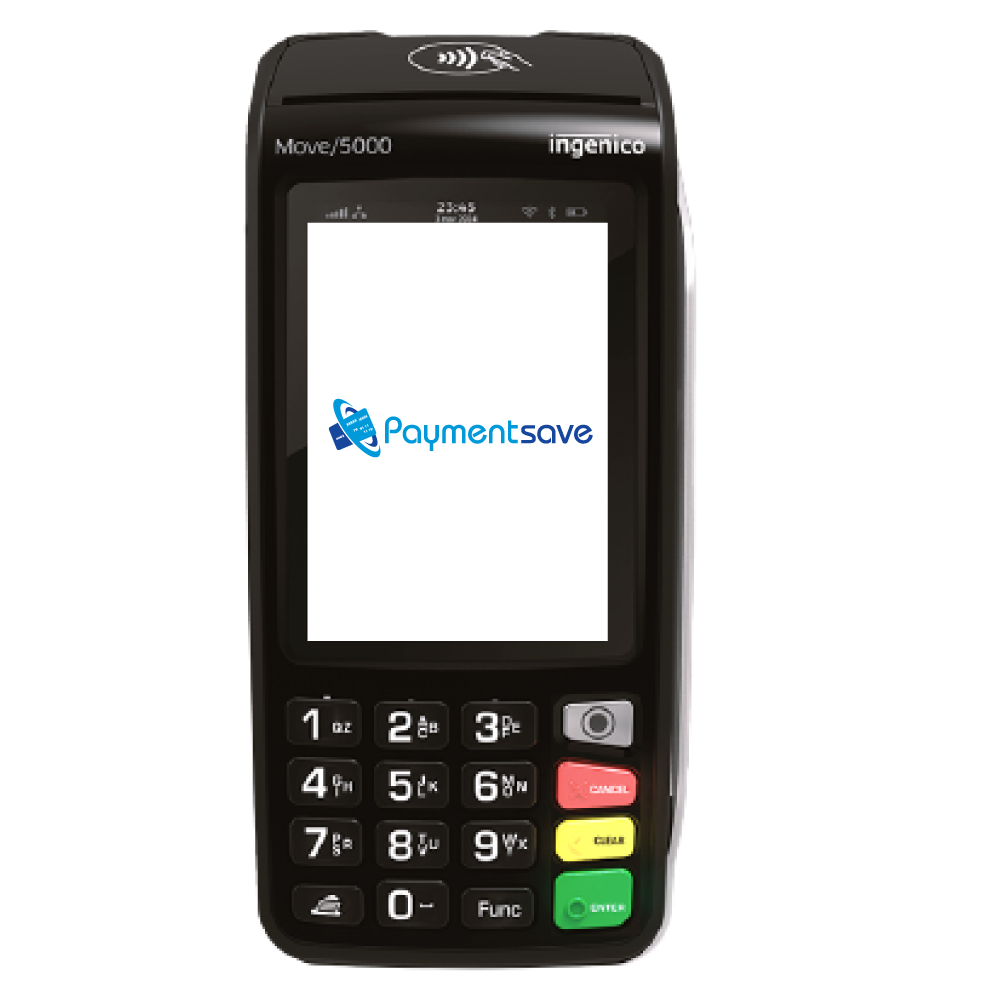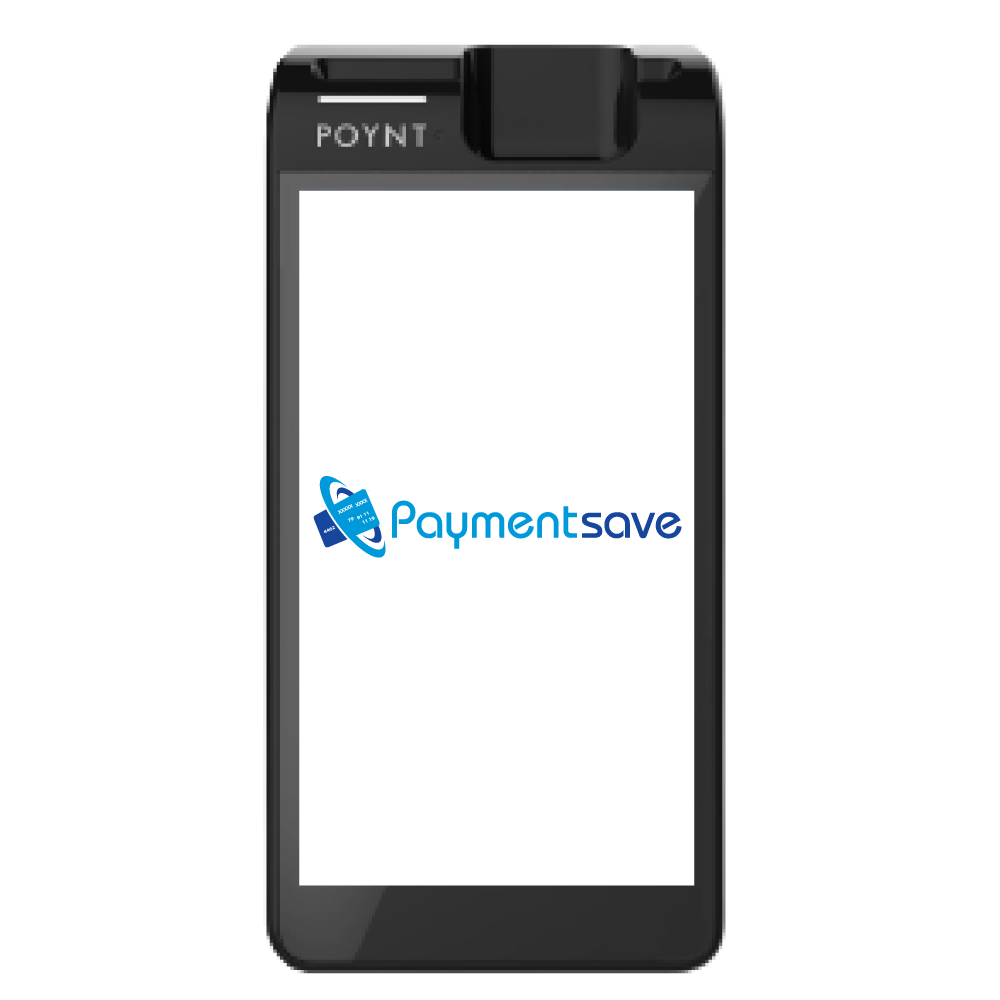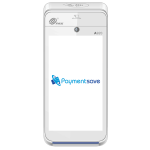
How to Set Up a Card Machine for Business?
Learn how to set up a card machine for your business. Today, in this article, we’ll cover 8 steps to obtain a card machine and how to promote it. In short, it’s a complete guideline for small business owners.
8 Steps to Set up Card Machine for Small Business
Step 1: Choose a Card Machine Provider
When setting up your card machine, start by choosing a provider that fits your needs. Look for one offering affordable rates, user-friendly interfaces, and reliable customer support. Research different options to find the best fit for your small business.
PaymentSave offers you the best Card machine service with low costs, we are here to help you set up your card machine and explain to you everything about how you save money that helps your business grow.
Step 2: Select the Right Type of Card Machine
When selecting your card machine, consider your business needs. Choose between countertop, portable, or mobile machines based on your setup. Think about where you’ll be taking payments most often for the best fit. The best way is to call the Paymentsave support team; they will help you determine which card machine your business requires and why it’s beneficial.
Step 3: Apply for a Merchant Account
If you have completed Step 1 and Step 2, now you can apply for a merchant account to accept card payments. When creating a merchant account, the payment service provider will ask you the following questions.
- Business Details: Provide information about your business, including its legal name, trading name (if different), address, and contact information.
- Business Type: Specify the type of business entity, such as sole trader, partnership, limited liability company (LLC), or corporation.
- Nature of Business: Describe the nature of your business activities, including what products or services you sell and your target market.
- Expected Sales Volume: Estimate your expected sales volume, both monthly and annually, as this helps the provider assess your risk profile.
- Banking Details: Provide details of your business bank account, including the account number and sort code, where funds from card transactions will be deposited.
- Personal Information: Depending on the provider, you may need to provide personal information for the business owner(s) or director(s), including name, date of birth, address, and identification documents (e.g., passport or driving license).
- Compliance Documentation: Be prepared to submit documents to demonstrate compliance with industry regulations, such as PCI DSS compliance.
- Additional Information: Some providers may request additional information or documentation based on their specific requirements or risk assessment processes.
Step 4: Install and Configure the Card Machine
Install and set up your card machine following the manufacturer’s instructions. Connect it to power and the internet, if needed. Configure settings like currency and tax rates to match your business needs.
Step 5: Test the Card Machine
Before using it with customers, test your card machine. Try different payment methods, like chip and PIN or contactless, to ensure everything works smoothly. This helps prevent issues during transactions.
Step 6: Train Your Staff
Train your staff on how to use the card machine effectively. Teach them how to process transactions, handle different payment methods, and troubleshoot common issues. This ensures smooth operations and customer satisfaction.
Step 7: Comply with Payment Card Industry (PCI) Standards
Adhere to Payment Card Industry (PCI) standards to safeguard cardholder data. Encrypt card information, regularly update software and follow security protocols to prevent fraud and maintain trust with customers.
Step 8: Promote Card Payments
Promote card payments to your customers. Display signs or stickers indicating that you accept cards. Train your staff to inform customers about the convenience of using cards for transactions, encouraging increased usage.
Conclusion:
Setting up a card machine for your small business involves crucial steps for smooth transactions. Follow our guide: choose a provider, consider needs, apply for a merchant account, comply with PCI standards, and test your machine. Training staff and promoting card payments enhance customer experience. Partner with PaymentSave for streamlined solutions and expert support, ensuring PCI compliance and seamless transactions. Embrace card payments to exceed customer expectations and drive business growth.
Choose PaymentSave for your Payment Solutions







